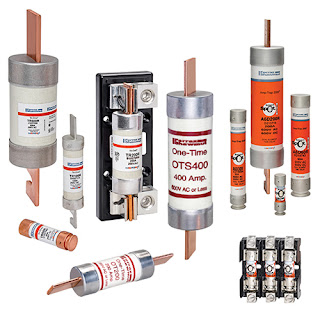M-660: Low Profile Rotation Stage Now with Higher Resolution
One of the lowest profile rotary tables on the market, the M-660 is now complemented by a higher performing model providing more than the 8 times the position resolution of the existing version.
The M-660 stage can accelerate to velocities of 720 degrees/sec. and resolves positions down to 4 µrad (8 arcsec). Its self-clamping ceramic drive provides very high stability, with no energy consumption at rest and no heat generation. A directly coupled precision optical encoder provides phase lag-free, backlash-free feedback to the servo controller.
The compact design with minimized mass and inertia provides high precision bidirectional speed and position control, as well as high speed motion contouring. The M-660 is based on the new U-164 Piezo Motor and outperforms the stability, acceleration and settling speed of traditional servo motor direct drives and gear-driven mechanisms. The innovative motor drive was also chosen by Leica Geosystems AG’s in their newest generation of surveying instruments for geodesy, because it can provide significantly higher speeds, shorter positioning times and a very high positioning accuracy when moving the measuring optics.
A newly designed piezo motor controller is available to take advantage of the specific motion characteristics of ultrasonic ceramic motors. USB interfacing and a solid software and driver package for seamless integration are included.
The M-660 stage can accelerate to velocities of 720 degrees/sec. and resolves positions down to 4 µrad (8 arcsec). Its self-clamping ceramic drive provides very high stability, with no energy consumption at rest and no heat generation. A directly coupled precision optical encoder provides phase lag-free, backlash-free feedback to the servo controller.
The compact design with minimized mass and inertia provides high precision bidirectional speed and position control, as well as high speed motion contouring. The M-660 is based on the new U-164 Piezo Motor and outperforms the stability, acceleration and settling speed of traditional servo motor direct drives and gear-driven mechanisms. The innovative motor drive was also chosen by Leica Geosystems AG’s in their newest generation of surveying instruments for geodesy, because it can provide significantly higher speeds, shorter positioning times and a very high positioning accuracy when moving the measuring optics.
A newly designed piezo motor controller is available to take advantage of the specific motion characteristics of ultrasonic ceramic motors. USB interfacing and a solid software and driver package for seamless integration are included.


Comments